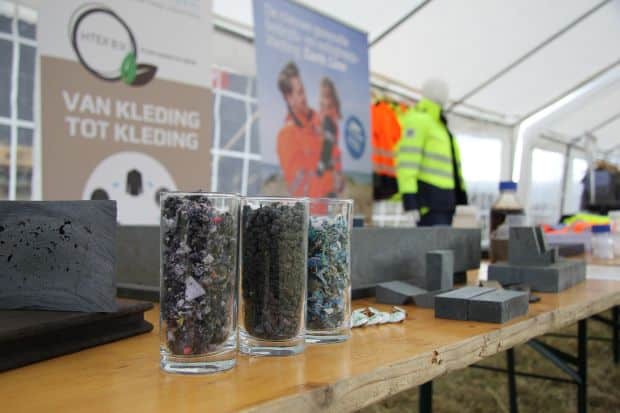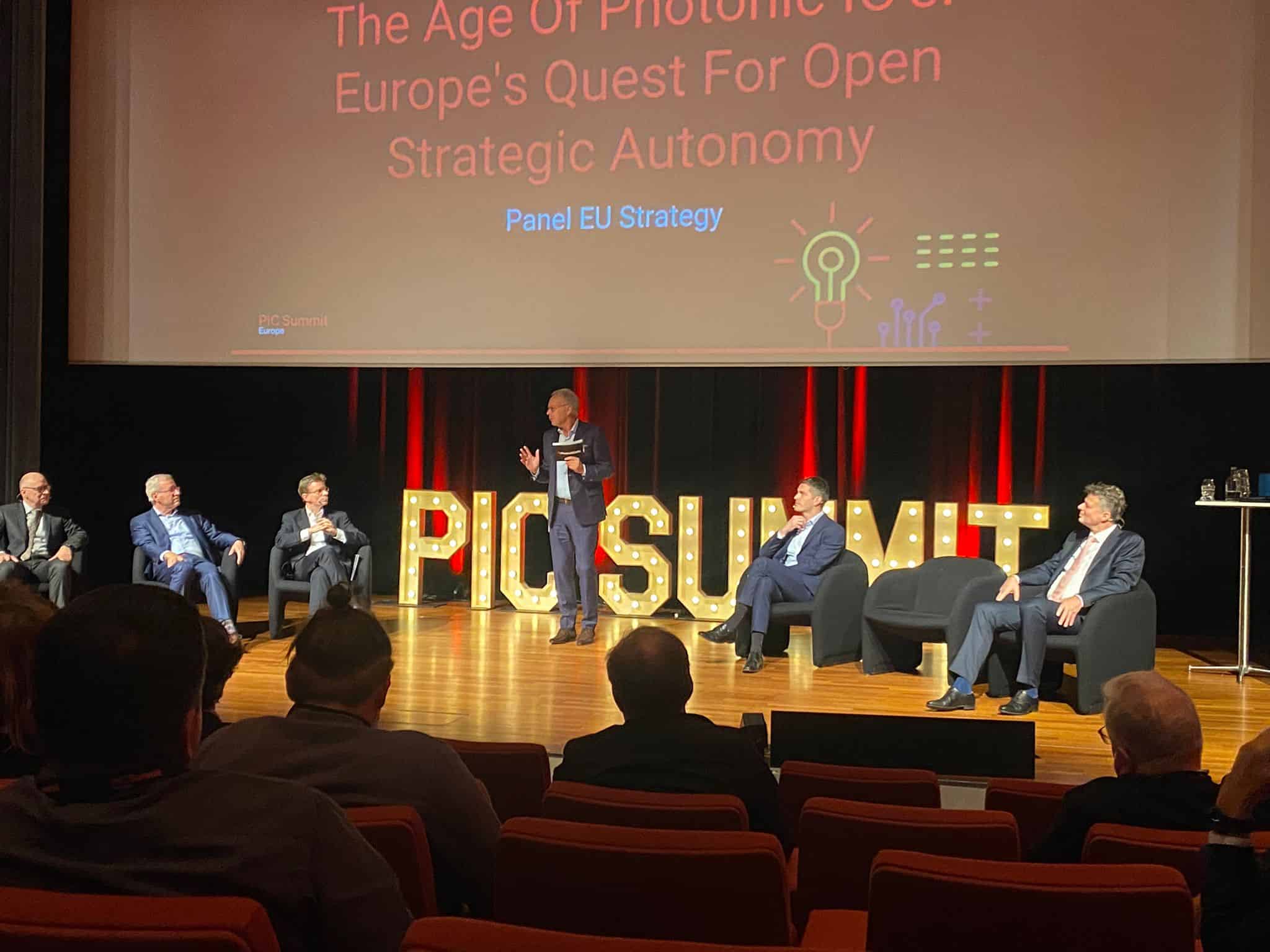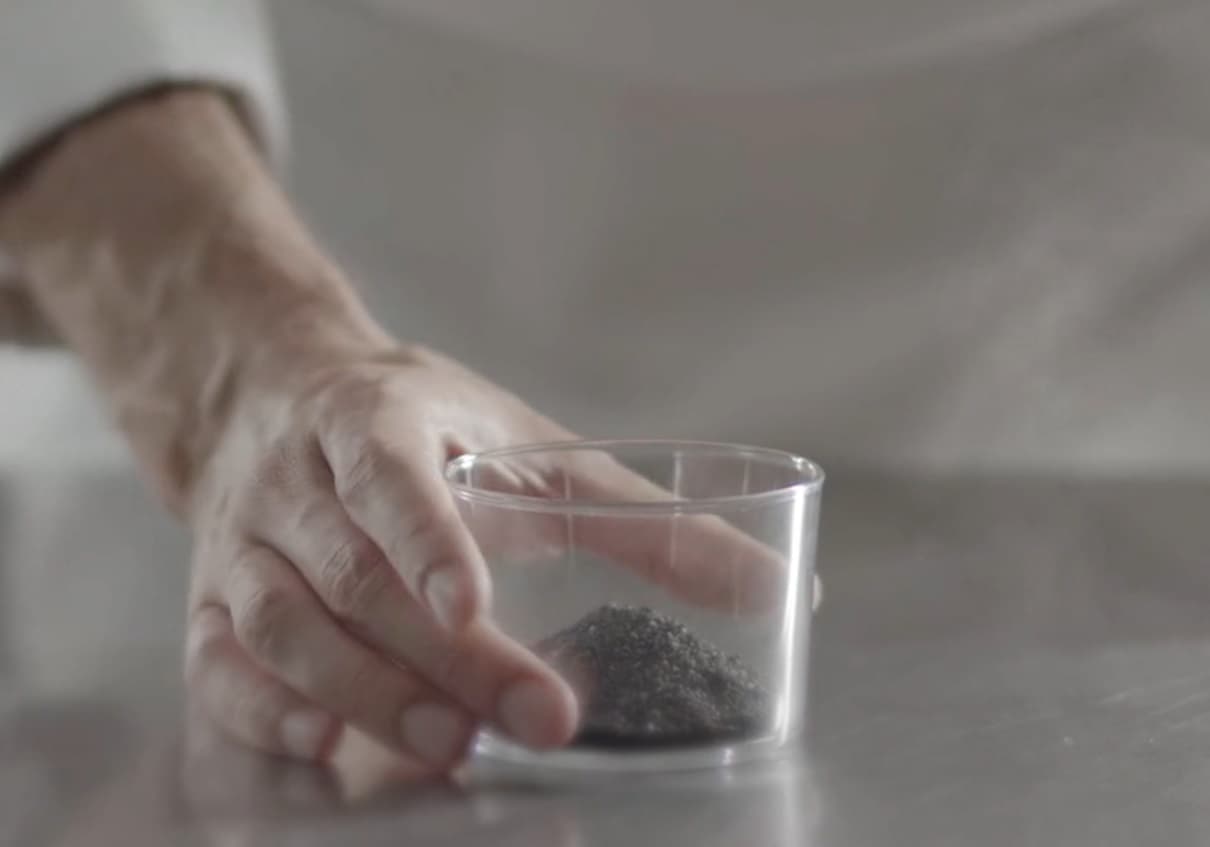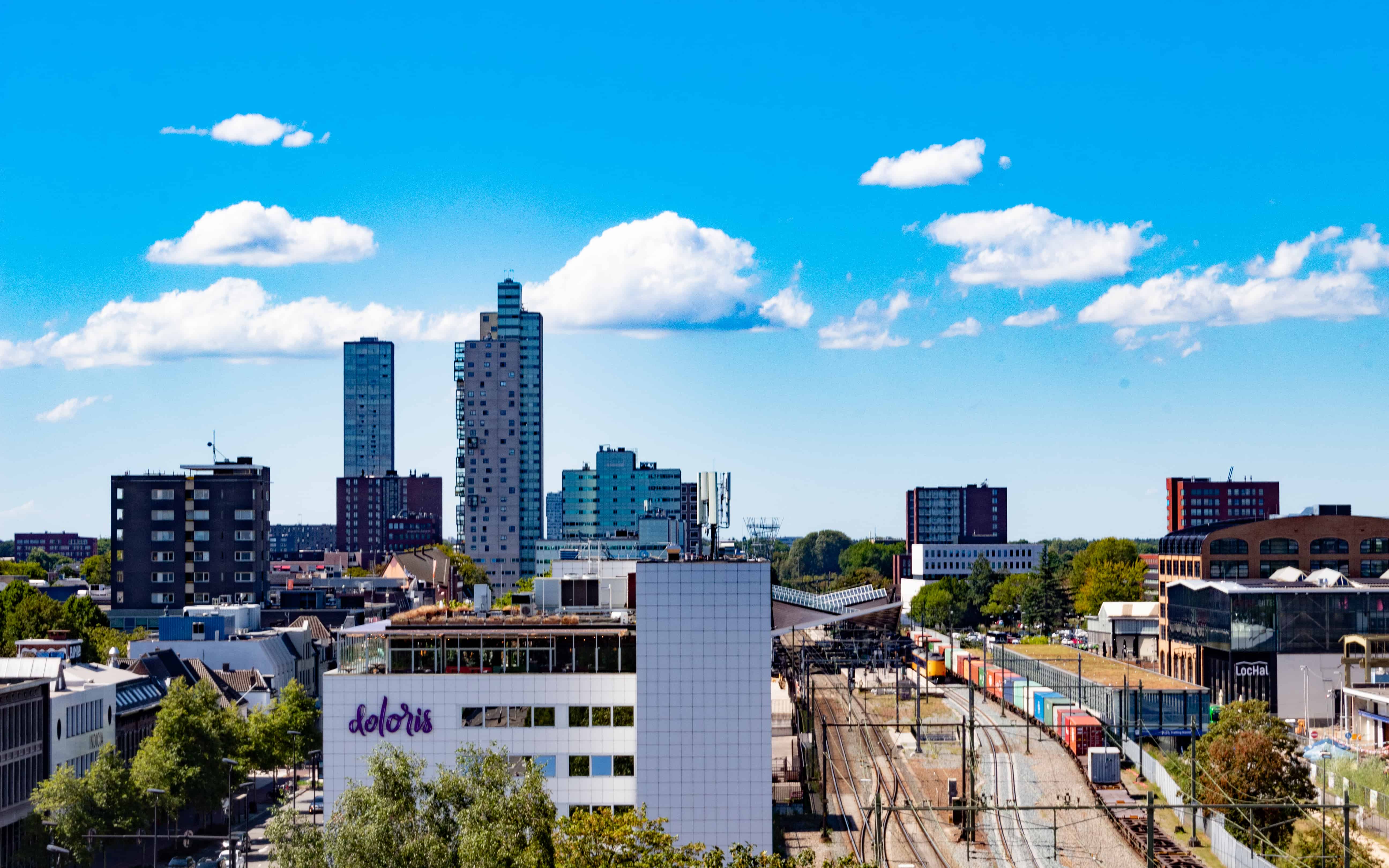
About HTEX
- Founders: Niek Hokken, Rien Otto (CLS-TEX), Piet Goossens (Heigo) and Sjaak van Koten (SKM)
- Founded in: 2019
- Employees: 4, and indirectly those working at affiliated companies
- Money raised: 1 million euros excluding own investments
- Ultimate goal: Reduce the enormous impact that the garment industry has on the environment.
After oil, the fashion industry is the most polluting industry in the world. It takes 2,700 liters of water to produce a single T-shirt. That amount of water is enough to provide one person with drinking water for 2,5 years. Not to mention all the microplastics, carbon emissions and towering mountains of textile waste that it produces year on year.
The motto of start-up HTEX is that instead of needing more raw materials, we should become better at converting ‘old’ used raw materials into new ones. The company has developed a recycling technique that can convert clothing waste into raw materials. Their chemical recycling method breaks down polyester clothing waste into the original raw materials for polyester: ethylene glycol and terephthalic acid. These can then be made into clothing again. “What takes the earth twenty million years, we do in twenty minutes,” CEO Niek Hokken says in this instalment of start-up of the day. HTEX is focusing initially on polyester, but this technology can basically convert all types of textiles into raw materials.
Mountains of textile waste
The idea came about when co-founder Rien Otto visited Ethiopia 25 years ago. “Otto saw mountains of textiles being dumped. He thought that was unacceptable and started experimenting with circular business models. This made him one of the pioneers of circularity within the textile chain. Now, after many such experiments, the technology and a sound business model are coming together in the form of HTEX.” In cooperation with CLS-Tex and Heigo, a manufacturer of work and industrial clothing, the start-up offers a turnkey solution for recycling articles of clothing. CLS-Tex is tasked with the logistics of used textiles, which are processed by HTEX, after which the new raw materials end up via CLS-Tex with partners who use them to produce yarn or clothing. HTEX is a partnership between CLS-Tex, Heigo and SKM Machine Construction.
HHydropyrolysis technology

Converting used clothing into raw materials is done using hydropyrolysis technology. A technique from the 1980s that involves ‘cracking’ textiles and converting them into usable raw materials. Under high temperatures and pressures in a reactor, the pieces of clothing disintegrate into molecules.
“That reactor is not rocket science. Not anymore, at any rate. The challenge has been in preparing the material before it enters the reactor so that the reaction process is as efficient as possible. And in converting it to a continuous process, so that we need less energy.”
Passport for clothing items
That is why the start-up is initially focusing on work clothing. The advantage of this branch is that thanks to good cooperation with its partners, the exact composition of the fabrics used in the clothing and the requirements that the final product must comply with are known. If all goes according to plan, HTEX will open its first machine line in Gendt at the end of this year. Eight thousand kilos of textiles can be processed daily at this facility.
In an ideal world, every article of clothing would have a passport stating what fabrics it is made of. CLS-TEX and Heigo are ensuring that all the clothes that they produce do have such a passport. “That is how we’ll know for sure what is being processed.”

For now, there are mountains of clothing whose raw materials are still unknown. To find a use for that kind of waste as well, CLS-TEX is developing a second production line at the same location. “Then you can mix old plastic and textiles, process it into granulate in such a way that you can make sheets or boards out of it, to name one example.”
There is still a long way to go before all the mountains of waste from socks, pants and T-shirts can be repurposed. The goal in the Netherlands is to produce at least 30 percent from recycled raw materials by 2030. At present, the amount that gets recycled is still minimal.
Local production
“Our goal is not to become the largest waste management site in the EU. We want to work locally, as in, at the place where the waste is, with relatively small units to turn them into raw materials there. That’s when you’re working in a circular way.” The company wants to compete with the prices of new raw materials, while conserving energy and cutting down on CO2 emissions.
A lot of talk, not much action
Hokken is exasperated by the amount of talk on circularity in the Netherlands, but not much is being done about it or facilitated. “In our country, we spend more money on circular chat clubs than on practical initiatives. We have stopped sitting in on every consultation, because it’s practically a day job. We want to put it out there now, as soon as possible. And from there, talk further.”
“In our country, we spend more money on circular chat clubs than on practical initiatives. We have stopped sitting in on every consultation, because it’s practically a day job. We want to put it out there now, as soon as possible.
Niek Hokken
Transparant communication
To recycle clothing, the fashion chain needs to be restructured and also has to communicate transparently. “You can never recycle a material properly if you don’t know what ingredients were used. We need to know what goes in, to be able to control what comes out. But you also cannot achieve effective cooperation if the parties in the chain have different margins. Let’s suppose that the raw materials for a sports shoe cost 1 euro, the production of a finished product costs 5 euros, but the shoe sells over the counter for 140 euros. That’s how our consumer society works now, but that simply doesn’t fit in a circular cycle. This is where partners in the chain have to be accommodating to each other.”
Although there is still a long way to go, Hokken sees that more and more parties want to join the chain and are willing to make concessions. “I have noticed a shift, I am quite proud of that. When we started HTEX, we were like a voice in the wilderness; those days are over.”








